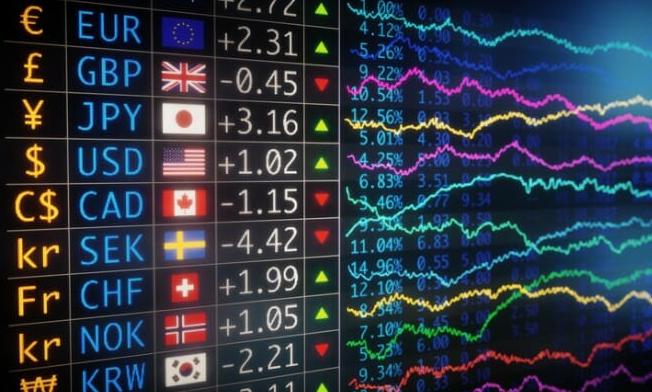Understanding Forex Trading Strategies: Swing trading Vs. Scalping trading
At this article, we will compare two (2) of the most used trading strategies in Forex and crypto trading. The swing trading and the scalping trading strategy.
To compare the strategies, we first need to understand the basics of them. Swing trading is a style of trading in which its main goal is to capture short to medium term gains in a financial instrument over a period of a few days to several weeks. On the other hand, scalping is focusing more on quick trades, that is in and out of the market within seconds or a few minutes.
Both strategies use primarily technical analysis to look for trading opportunities. At the same time, fundamental analysis may also be used to check price movements, trends or other patterns for financial instruments.
Both trading strategies differ in various aspects, while we will state some key differences between them to understand better their functionalities:
Timeframe
Swing Trading: Swing trading involves holding trades for several days to weeks. Traders aim to capture intermediate term price swings within larger trends.
Scalping: Scalping is applied in a very short-term trading style where trades are typically held for seconds to minutes. Scalpers aim to profit from small and quick price movements. Their favorite time to place trades is usually during important economic news announcements where the market expects to have big volatility.
Goal-Target
Swing Trading: The primary goal of swing trading is to capture substantial price swings within trends. Swing traders seek to profit from potential larger price movements.
Scalping: Scalpers aim to make small, incremental profits from frequent, quick trades. They are less concerned about capturing big trends and more focused on immediate price fluctuations.
Risk Tolerance
Swing Trading: Swing traders generally have a higher risk tolerance compared to scalpers because they are exposed to market fluctuations for a longer period of time. They often use wider stop-loss levels to account for price volatility.
Scalping: Scalpers tend to have a lower risk tolerance because they rely on high-frequency trading with small profit targets. They use tight stop-loss orders to limit potential losses.
Analysis
Swing Trading: Swing traders use a compilation of technical and fundamental analysis to identify potential trade setups. They usually analyze larger timeframes (e.g. daily or weekly charts) to make trade decisions.
Scalping: Scalpers primarily reply on technical analysis and use very short timeframes (e.g. one minute and five minute charts), to spot quick entries and exit opportunities. They often use technical indicators for quick decision-making and closing orders.
Number of Trades
Swing Trading: Swing traders usually execute fewer trades because they hold positions for a longer duration. The main pattern is to be very selective and patient in choosing setups and placing orders.
Scalping: Scalpers make a high volume of trades throughout a trading session due to their short holding periods. They may enter and exit the market multiple times within a short timeframe.
Stress and Focus
Swing Trading: Swing trading surely is less stressful than scalping trading because the strategy does not require continuous monitoring of the market movement. Traders have more time at their disposal for analysis and decision making.
Scalping: Applying a scalping trading strategy can be highly stressful and demanding. Traders need to make quick decisions and execute trades rapidly. Usually requires intense focus and discipline.
Profit Potential and Costs
Swing Trading: Swing traders’ goal for larger amount of profits potential on each trade. They may incur higher overnight costs (swaps) due to holding positions for an extended period.
Scalping: Scalpers aim for smaller and more frequent profits. They enter and exit the market quickly with the minimum profit locked in their accounts. Scalpers may also face higher costs due to transaction fees and commissions due to their frequent trading activity.
Ultimately, a trader can select swing trading or scalping as the preferable trading strategy, but this decision depends on his/her trading personality, risk tolerance, available time, and the general preferred approach to the market. It is important to note that both trading strategies can be profitable when executed effectively, but they require different skills and settings.
On the other hand, if they are not applied correctly, they can both disappear a trading account’s available balance. It is essential to understand the forex market thoroughly and practice good risk management before engaging in either trading strategies.



